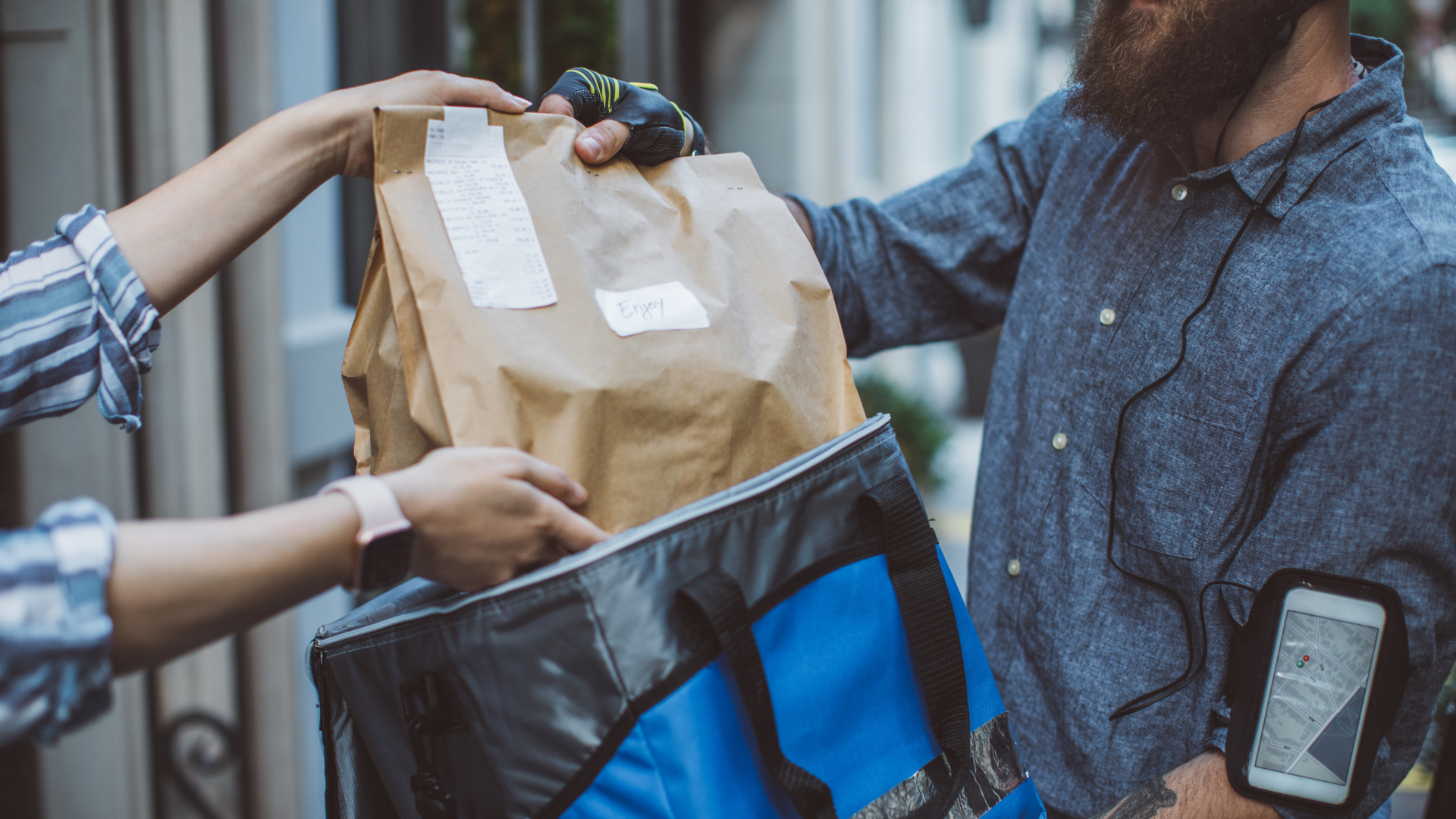In the golden age of delivery apps and ghost kitchens, virtual brands are the culinary chameleons of the food world. They exist only online (no storefront, no neon “OPEN” sign) and operate out of shared kitchens, commissaries, or existing restaurants. They’re lean, creative, and — when done right — wildly profitable.
You might have seen one without even realizing it. These brands live exclusively on platforms like DoorDash, Uber Eats, or Grubhub, often with no obvious ties to the kitchen they’re produced from. They’re built for digital discovery — optimized for search results and cravings more than curb appeal.
So, what exactly are they? How do they work? And why are virtual brands becoming such a big part of today’s food industry? Let’s break it down.

Virtual Brand, Defined
A virtual brand is a food business that operates entirely online — without a dine-in area, a pickup counter, or a traditional storefront. Orders are placed through third-party delivery platforms, and the food is prepared in a professional kitchen space designed for production rather than customer-facing service. In many cases, a single kitchen may produce food for several different virtual brands at once, each with its own menu and identity.
Learn more about ghost kitchens and cloud kitchens here.
Are you running a shared kitchen and want to help new food businesses grow? Check out The Shared Kitchen Toolkit for helpful tips and best industry practices!
The Rise of Virtual Delivery Brands
Virtual brands exploded during the pandemic, when delivery became a lifeline for restaurants. But even as the world reopened, the model stuck. Why?
Because it works.
With lower overhead, fast setup, and massive reach through third-party delivery apps, these brands offer agility that traditional restaurants just can’t touch. Operators can test new cuisines, target niche cravings, and scale up (or down) based on performance — all without leasing new real estate.
Ghost Kitchens, Cloud Kitchens, Commissary Kitchens — What’s the Difference?
When it comes to virtual brands, not all kitchen spaces are the same. Ghost kitchens, cloud kitchens, and commissary kitchens each play a different role in how food businesses operate behind the scenes.
Here’s what you need to know:
-
Ghost Kitchens (aka Cloud Kitchens):
Ghost kitchens — also known as cloud kitchens — are facilities designed exclusively for delivery orders. They don’t have a dine-in area or customer-facing service. Instead, they focus purely on production, often hosting multiple brands under one roof. -
Commissary Kitchens:
Commissary kitchens are shared-use commercial kitchen spaces rented by multiple businesses — not just for delivery brands, but also for food trucks, caterers, and mobile vendors. They typically offer flexible rental options (hourly, part-time, or long-term) and provide fully licensed, inspected spaces for businesses that don’t need or can’t yet afford a dedicated facility.
For virtual brands, both types of kitchens offer an efficient way to operate without the high costs of a traditional restaurant. Whether launching a new concept or expanding into a new market, these kitchens provide the infrastructure needed to produce and deliver food quickly.
Curious how shared kitchens are evolving? Check out The Shared Kitchen Model: Emerging and Evolving.
Why Start a Virtual Brand?
Whether you’re a chef, a side hustler, or a kitchen operator, here’s why virtual might be your next move:
- Low Overhead: No front-of-house. No furniture. No expensive retail leases.
- Scalable Fast: If your “loaded fries” concept is crushing it in Austin, you can expand to Denver using another shared kitchen and your same brand playbook.
- Menu Experimentation: Try new items, themes, or cuisines with low risk. Launch a “vegan wings” brand from your same kitchen and see what hits.
- Maximize Kitchen Utilization: Already running a kitchen? Add virtual brands to use your off-hours or excess capacity.
Need marketing tips to boost your visibility? Here are 6 tips to improve your digital marketing.
What to Consider Before Launching
Launching a virtual brand is easier than opening a restaurant — but not effortless. Here’s what to think about:
- Your Local Market: What’s missing from delivery apps in your area? Do a local market analysis.
- Your Brand & Story: Virtual doesn’t mean boring. Nail your logo, menu photos, and vibe. Here’s how to build a strong brand and marketing strategy.
- Your Kitchen Setup: Will you rent a commissary? Partner with a shared kitchen? Here’s a quick breakdown of pros and cons.
- Operations & Delivery: You still need consistent quality, smart packaging, and reliable staff.
Once you’re ready to start renting shared kitchen space, visit The Kitchen Door to find licensed facilities near you.

Virtual brands are a growing part of the modern food landscape — especially as delivery platforms continue to shape how people access meals. Whether run out of a shared kitchen, cloud kitchen, or existing restaurant, these digital-only concepts offer flexibility for food businesses and a new revenue stream for kitchen operators. Understanding how they work, where they fit in, and what they require is key for anyone navigating today’s food industry — whether you’re launching your first concept or expanding your kitchen’s offerings.


